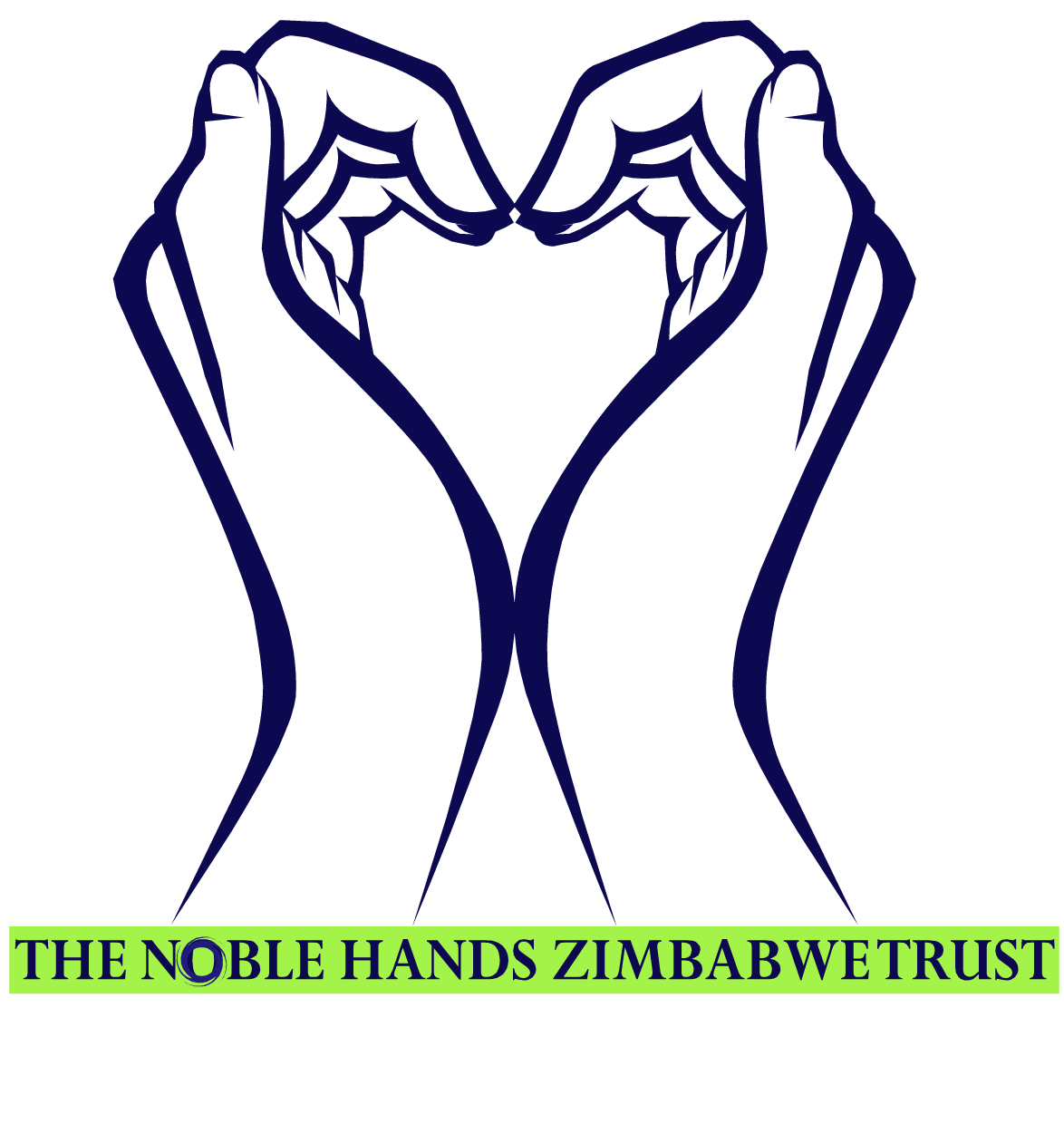Monitoring and evaluation
Why is monitoring and evaluation important to us?
We take this part of our programming very seriously because we understand we owe it to both our donor community, beneficiaries and ourselves to be transparent, accountable and responsible in our programmes.
How do we monitor our activities?
We use a thorough systematic process of collecting, analysing and utilization of information to a project’s progress toward attainment of its objectives and guide the management in decision-making using a combination of information systems and tools to guarantee precision. Monitoring focuses on when and where a project’s activities have occurred, who delivered them and how many people (beneficiaries/ participants) and entities or organizations were reached.
When do we monitor
We do our monitoring during program design, start-up, and continues during implementation. Therefore monitoring as a continuous process of collecting and analyzing data to compare how well a project is being implemented against expected results. The Noble Hands Zimbabwe Trust use a logical or results framework as a management tool to track progress against targets and improve interventions.
The Noble Hands Zimbabwe Trust monitoring is done for these main purposes:
- Learning effectively ..
- Accountablility
- Decision making
- Empowerment
Learning effectively from programming experiences to adjust current practices and improve practices and activities in the future;
Ensure internal and external accountability of resources used and results obtained and help ascertain value-for-money derived from The Noble Hands Zimbabwe Trust’s resources
Help management of The Noble Hands Zimbabwe Trust take informed and evidence-based decisions on future projects and programs.
Empowering of beneficiaries or participants of our programs; and sharing evidence if real change and impact from The Noble Hands Zimbabwe Trust’s projects and programs
We Monitor and Evaluate using a robust M&E Manual which guides our organisation on measuring these aspects of a project or program:
Outputs: quantity and quality of implemented.
Key questions are:
What do we do?
How do we manage our activities?
Outcomes: processes and changes from the project.
Key questions is:
What were the real effects and changes because of implementation of activities and projects?
Impact: processes external to the project.
Key questions are
Which broader, long-term effects were triggered by activities implemented in combination with other external and environmental factors?
